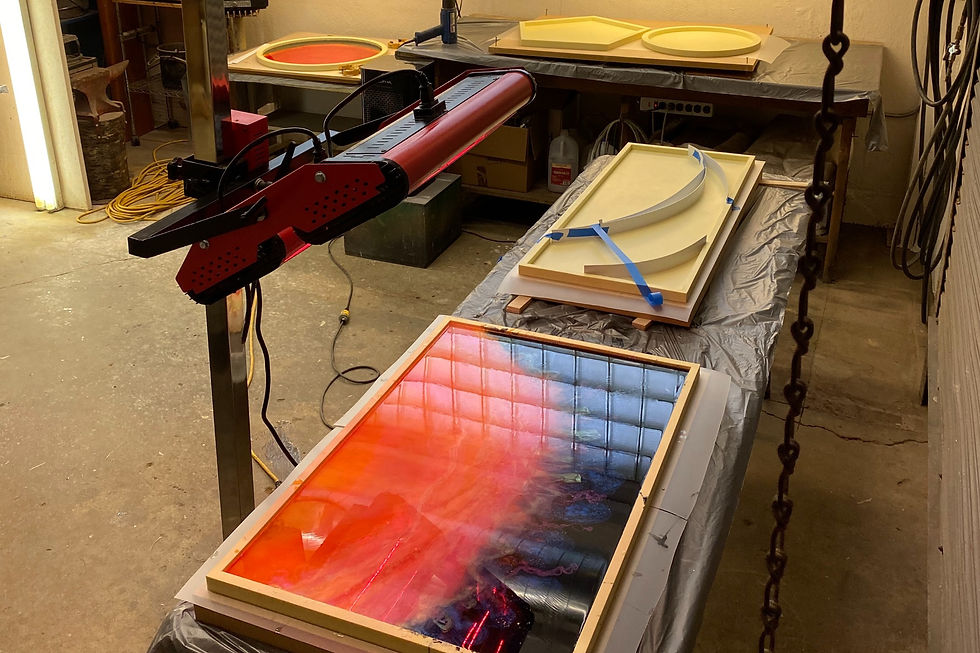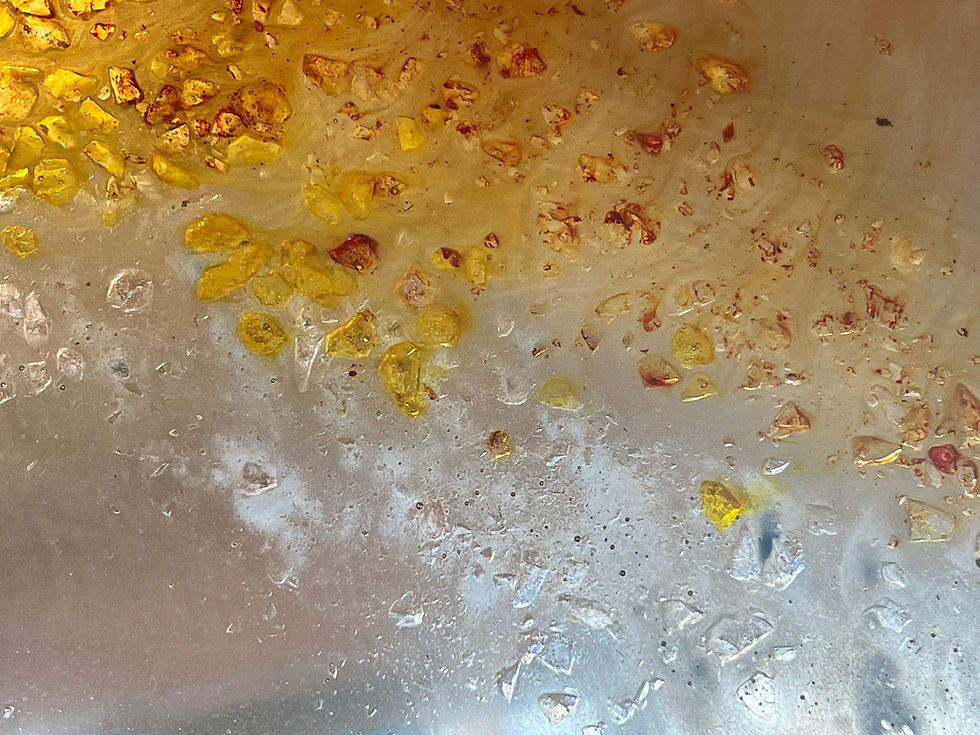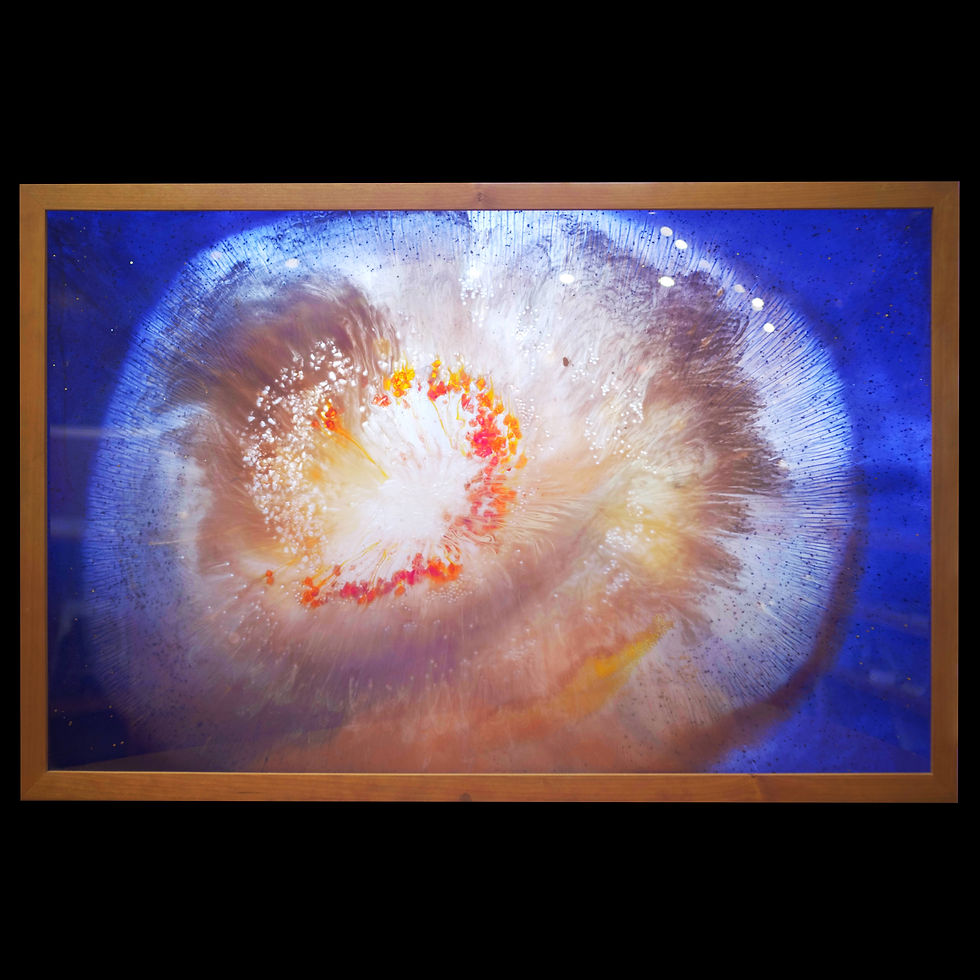Capturing the Other Side of Outer Space
- Eichinger Sculpture Studio

- Nov 17
- 2 min read
Updated: Nov 18

When Martin Eichinger began experimenting with epoxy resin, he wasn’t just changing mediums—he was changing how he saw. After four decades of sculpting narrative bronze figures, Eichinger turned his focus outward, toward light, movement, and the mysteries of space.
“I’m in love with outer space,” he says. “What the James Webb Telescope has been able to provide in terms of seeing way back into the history of our universe—it’s extraordinary.”
That sense of awe became the foundation of his new work. Each epoxy piece begins as a study in what can’t be seen directly: light traveling for billions of years, galaxies forming and dissolving, the slow choreography of the cosmos revealed through color and chemistry.

Epoxy resin, with its depth and transparency, became the perfect medium for that pursuit. Unlike bronze, which hardens through heat, resin comes to life over time—its surface evolving as it cures. “Glass melts,” Eichinger explains, “but epoxy crystallizes. It changes chemically. You can watch it happen.”
As the resin sets, mica powders inside it align and harden into intricate crystalline structures, creating a kind of cosmic micro-landscape. “They take six or eight hours to create their pattern,” he says. “When you put them in, you don’t know what it’s going to look like eight hours later.”
The process mirrors the natural laws that fascinate him most—order emerging from chaos. “Mica wants to layer itself,” Eichinger says. “It creates lines and patterns, just like gases and dust align in space.”
Each piece is built from both sides of a transparent acrylic frame, so light can move through it freely. Depending on where you stand, the view shifts—sometimes luminous and dense, sometimes ghostly and distant. “We can’t stand on the other side of space to see what it looks like,” Eichinger says. “But we can imagine it has two sides. That’s what I’m trying to capture.”
In the studio, color, glass, and mica are poured in layers that react on their own terms. The results are unpredictable, which is part of the appeal. “It’s like being a painter without having to mix paints,” he says. “The chemistry does the blending for me.”
The finished works feel alive. Patterns seem to drift and pulse as the light changes, revealing hidden structures beneath the surface. No two pieces behave the same—each one records a moment of transformation frozen in motion.
Eichinger no longer sculpts stories of people but of processes. His art now speaks to the same balance that defines the universe: control meeting chaos, precision meeting chance.
“We’re looking back in time,” he says of both the telescopes that inspire him and the resin that traps his shifting light. “The universe is evolving, and so is the work.”




Comments